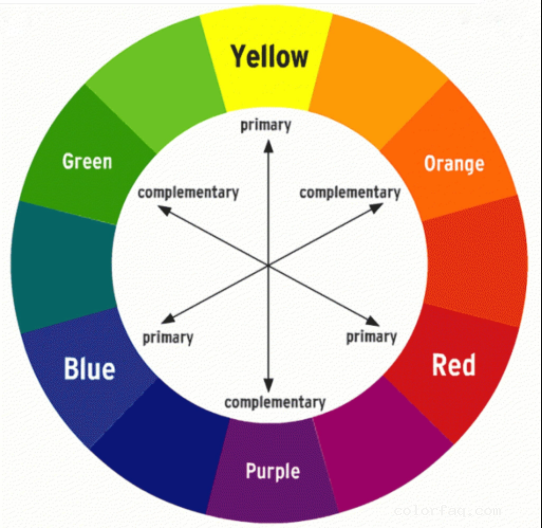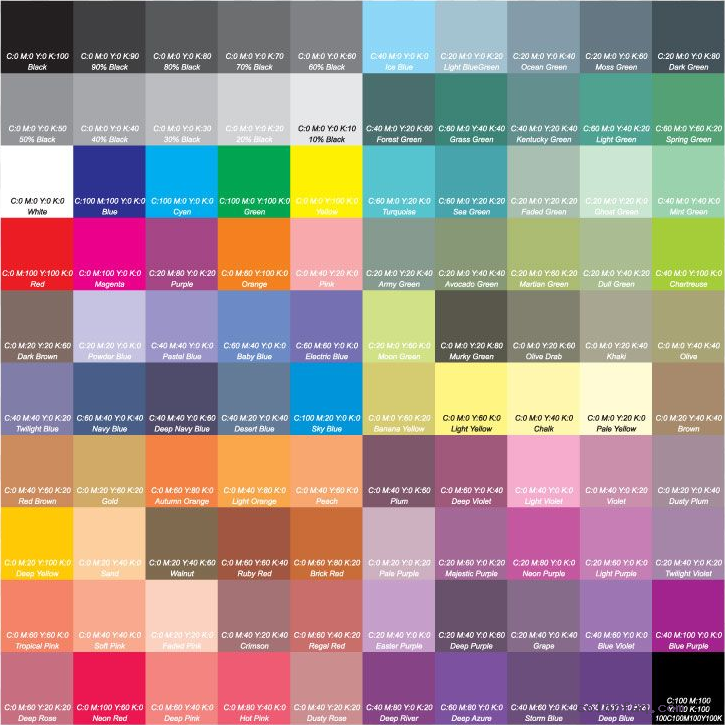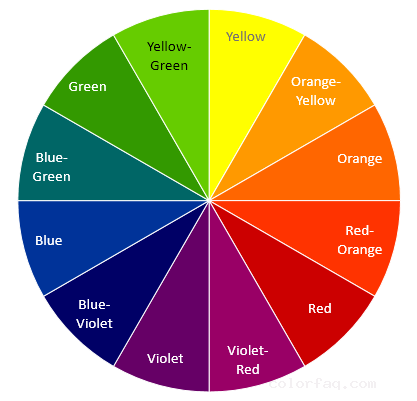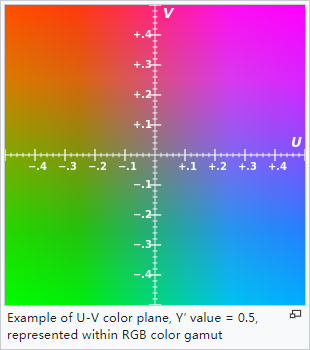The reason why our eyes can see everything in the world is because there is light. The sun's rays shine on the earth, which makes us see the world. The sunlight we observe with the naked eye is usually white, but white sunlight contains at least seven main colors. With the help of a small prism, you can see at a glance:


Isn’t it pretty? Like the rainbow, red, orange, yellow, green, blue, blue and purple, including seven main colors. So the question is, there are so many colors to choose from, why is the color shift of the three primary colors RGB, that is, red, green and blue instead of other colors?
Why must it be red, green and blue (RGB)?
Because the three primary colors of color light are based on the principle of additive color, our human eyes distinguish colors based on the wavelength of the light seen. In the visible spectrum of the naked eye, most colors can be formed by mixing three basic colors in different proportions. The colors of the basic shades are red (Red), green (Green), and blue (Blue).
The three colors of light are mixed in the same proportions, and reach a certain intensity (255), it appears white, which is the sunlight that our eyes see. If the intensity of the three colors of light is zero, it is black (the night when you can't see the five fingers). This is the principle of additive color. Most of this additive color method is applied to active light-emitting objects such as mobile phone screens, cameras, televisions, and displays.
The principle of additive color is a bit too professional, and it is not easy for science students to understand. You can read it once and have some concepts in your mind. You don't need to force it to remember, because in our subsequent color correction work, these theoretical knowledge is not useful. Next, I will present these seemingly boring theoretical knowledge in pictures, and everyone will look down.
As mentioned above, the three primary colors of color and light are red, green and blue. How can they evolve into thousands of colors? This is a new problem again!
Primary and complementary colors

Pay attention to the direction where the arrow points. The complementary color of red is cyan. The complementary color of green is magenta. The complementary color of blue is yellow. Below I will release an RGB color wheel, which is more obvious on the color wheel.
These new colors produced by the fusion of the three primary colors have a complementary relationship with the original three primary colors, so they are called the complementary colors of the three primary colors. Red, green and blue correspond to cyan-magenta.
Then these few colors alone cannot evolve out of the tens of millions of colors in the world, yes, so the primary colors and complementary colors must continue to be mixed. We continue to look at a picture:

It can be seen from this picture that the primary color and the complementary color (secondary color) can also be mixed, that is, when the primary color is mixed with the secondary color, a new third color will be produced, also called a complex color. There is no animation here, please make up an animation by yourself: mixing primary colors and complementary colors to produce multiple colors; mixing primary colors and multiple colors will also produce new colors; mixing complementary colors and multiple colors to produce new colors , Just mix it like this, just like fission, until the end, 16777216 colors can be mixed, usually called 16 million colors, this is what you can see, those colors in the world.




